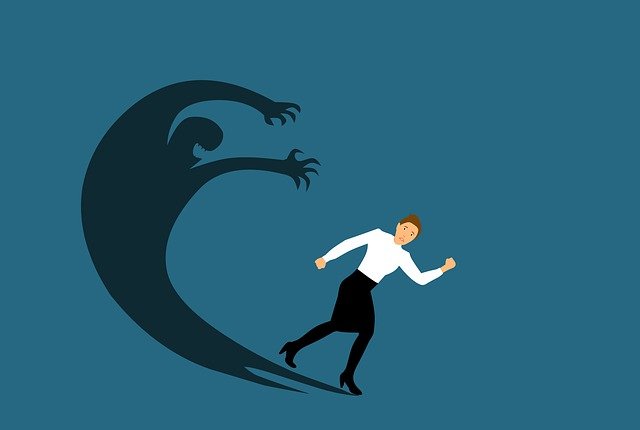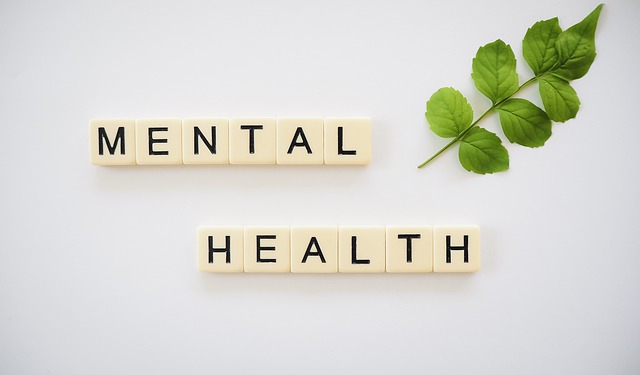Phobias, especially social
are indiscriminate or exaggerated fears of a particular object or situation. The subject avoids situations and resources associated with the phobia. Based on his/her exaggerated perceptions, he/she is unable to overcome the fear. Therefore, he/she experiences much greater anxiety than someone who just feels fear. For example, most people feel fear when encountering a venomous snake. However, those who suffer from ophidiophobia (snake phobia) fear encountering snakes, even in places where snakes are not supposed to occur.

For example, social phobia is most prevalent between the ages of 14 and 20. This is the most developmentally challenging period for the individual. It is the time when the adolescent\’s personality and views develop and, therefore, it is also the time when adolescents are most embarrassed. Social phobia manifests itself in situations where there is no proper adaptation. It often occurs after minor social setbacks (e.g., overexcitement in front of a girl or boy they like). Less frequently, it appears after social trauma (teasing, bullying, etc.)
Somatoform disorders
This group of disorders is very diverse and numerous. A common feature is that psychological problems are reflected in the physical condition. These symptoms manifest themselves differently in different individuals, depending on their age, problems, and physical condition. These symptoms tend to be very widespread, especially in children. However, in these disorders, a pathological dimension is encountered.
The disorder lasts at least two years and has no physical cause. However, the symptoms are not consciously controllable. People suffering from this disorder are often unaware of it or are unable to identify its cause after numerous examinations.
Often, problems arise in the digestive, circulatory, and genitourinary systems. Patients often have anxiety and depressed moods

Neurotic disorders
These disorders are often manifested by fear and anxiety and may be accompanied by physical symptoms. Importantly, these disorders are not caused by actual danger. Those affected by these disorders are more likely to experience devaluation of their lives, both at work and at home.
Physical symptoms may be manifested, for example, by sweating, palpitations, a feeling of vomiting, and difficulty breathing. General malaise and weakness are also present.